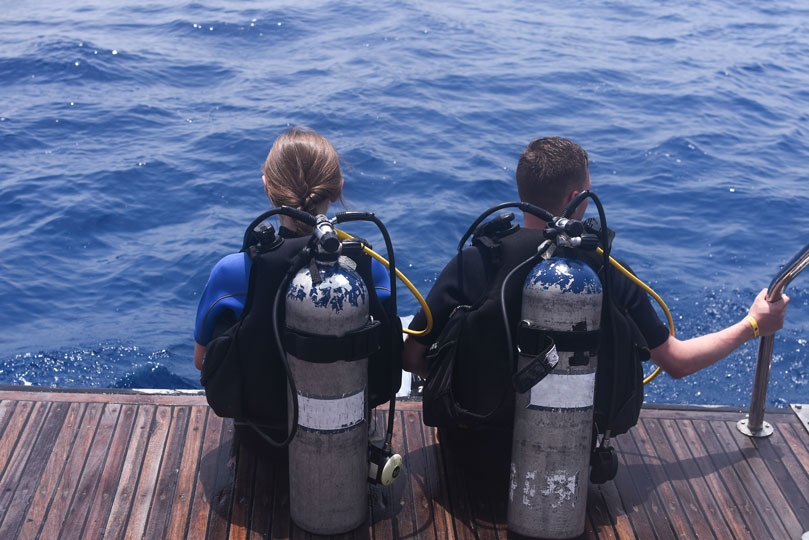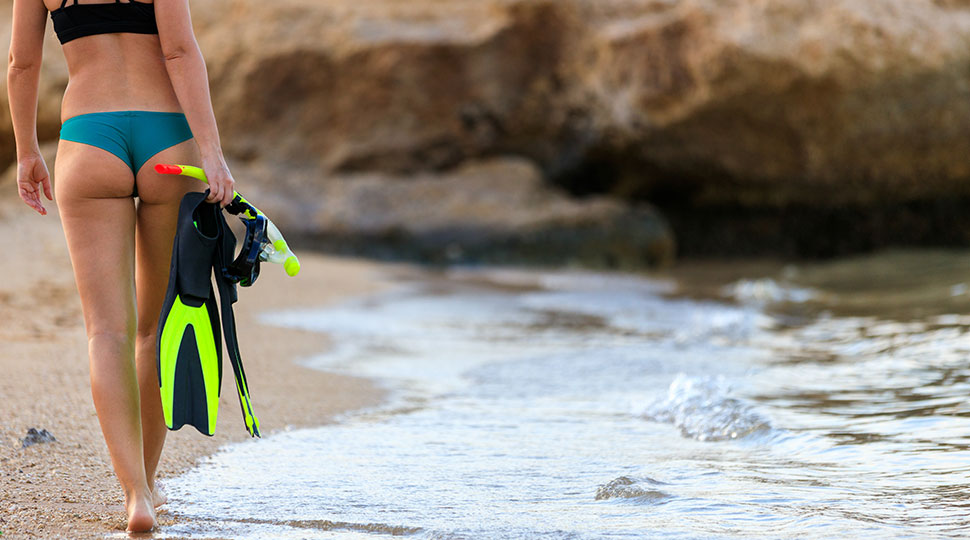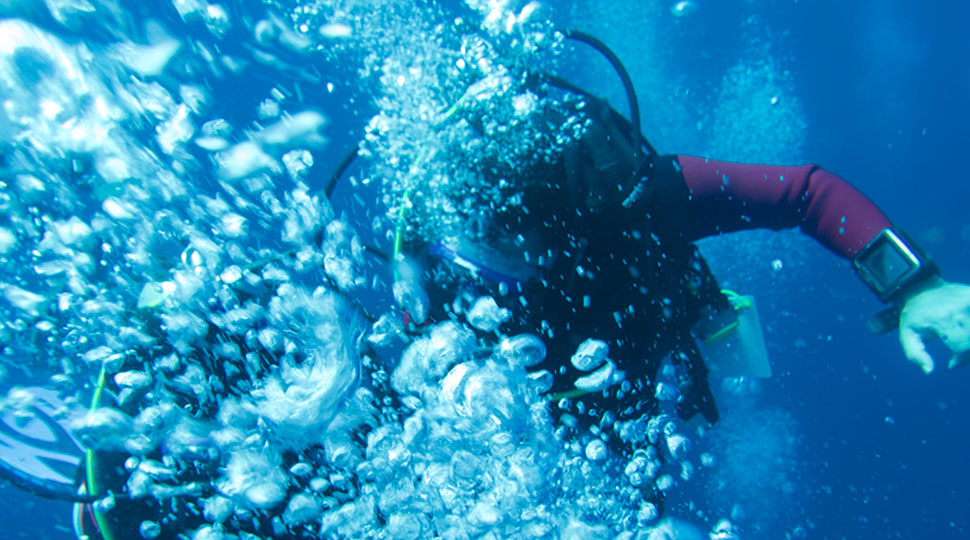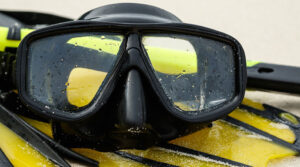Before heading out on your dive, it’s vital to assess the dive site carefully. This includes identifying potential hazards such as strong currents, marine life that could pose a threat, and any other factors that could affect your dive. Have you considered the impact of tides or wind direction on the dive site? Take note of these conditions and plan accordingly. This is what dive planning is all about.
Evaluate visibility and water conditions, taking note of any changes in the weather or water temperature that could impact your dive. Are there any areas with limited visibility due to sedimentation or algae blooms? Be aware of potential issues like underwater construction or fishing gear, which could compromise your safety.
When assessing the dive site, it’s also important to determine the best entry and exit points. Look for areas with minimal hazards and easy access. Consider consulting local guides or experienced divers who are familiar with the area to get a better understanding of the dive site. They can provide valuable insights into potential hazards and help you plan your dive accordingly.
Determining Maximum Depth and Time
Once you’ve assessed the dive site, it’s time to determine your maximum depth and time. This is critical in ensuring your safety underwater. As a responsible diver, you know that understanding your personal limits and experience level is essential for planning a successful dive.
If you’re new to diving, it’s best to start with shallow dives and gradually increase your depth and time as you gain more experience.
When calculating your safe depth and time, consider factors such as your dive computer or table, air consumption, physical condition, and any medical conditions that may affect your dive. For instance, are you planning a deep dive?
Make sure you’ve got the necessary training and equipment to handle the increased pressure and potential risks. Are you diving with a buddy who has different experience levels or limitations? Be prepared to adjust your plan accordingly.
Always err on the side of caution and plan for contingencies, taking into account any potential issues that could arise during your dive. What if your dive computer malfunctions or you encounter unexpected currents?
Having a backup plan in place can help you stay calm and make smart decisions underwater.
Planning for Emergencies
Accidents can happen to anyone, at any time. That’s why it’s crucial to have an emergency plan in place before heading out on a dive. As a diver, you know that being prepared for the unexpected is key to staying safe underwater.
Identify emergency procedures such as buddy checks and ascent rates, and make sure you’re prepared with the necessary equipment and communication devices.

When developing your emergency plan, consider scenarios that could arise during your dive, such as a lost or separated diver, equipment failure, or medical emergencies. What if your dive buddy gets injured or disoriented? Have you got a plan in place for staying together and getting back to the surface safely?
Practice your emergency procedures with your dive buddy to ensure you’re both on the same page in case of an emergency.
This includes practicing communication protocols, such as hand signals and voice commands, as well as having a plan for signaling for help if needed.
The Safety Stop
Dive planning is a critical component of scuba diving, and it’s essential to take the time to plan carefully before heading out on a dive. By assessing the dive site, determining your maximum depth and time, and planning for emergencies, you can ensure a safe and enjoyable experience underwater.
Dive planning is not a one-time task – it’s an ongoing process that requires constant assessment and adaptation.
Stay vigilant, stay safe, and always prioritize your well-being when diving. With the right mindset and preparation, you’ll be ready to take on any adventure that comes your way.








